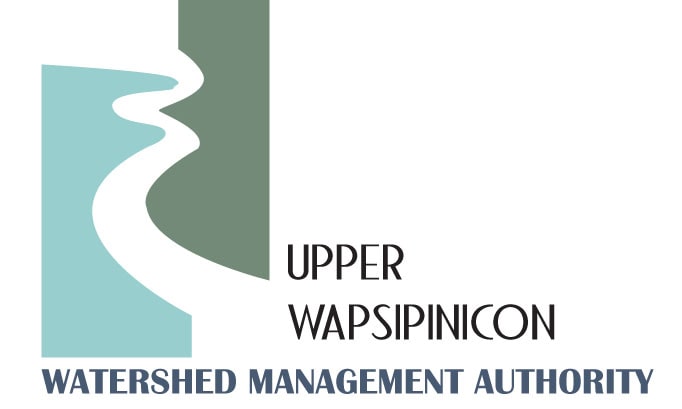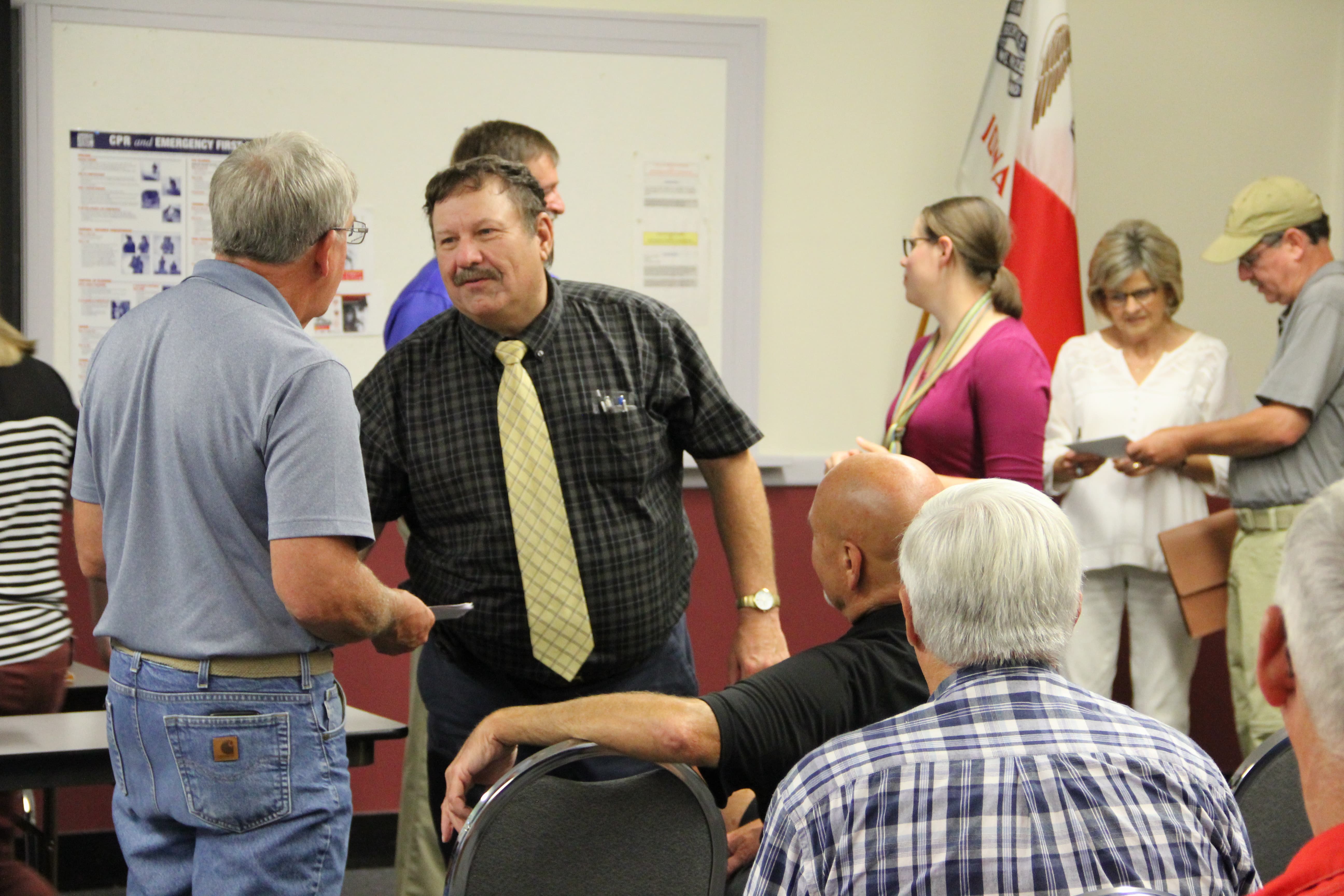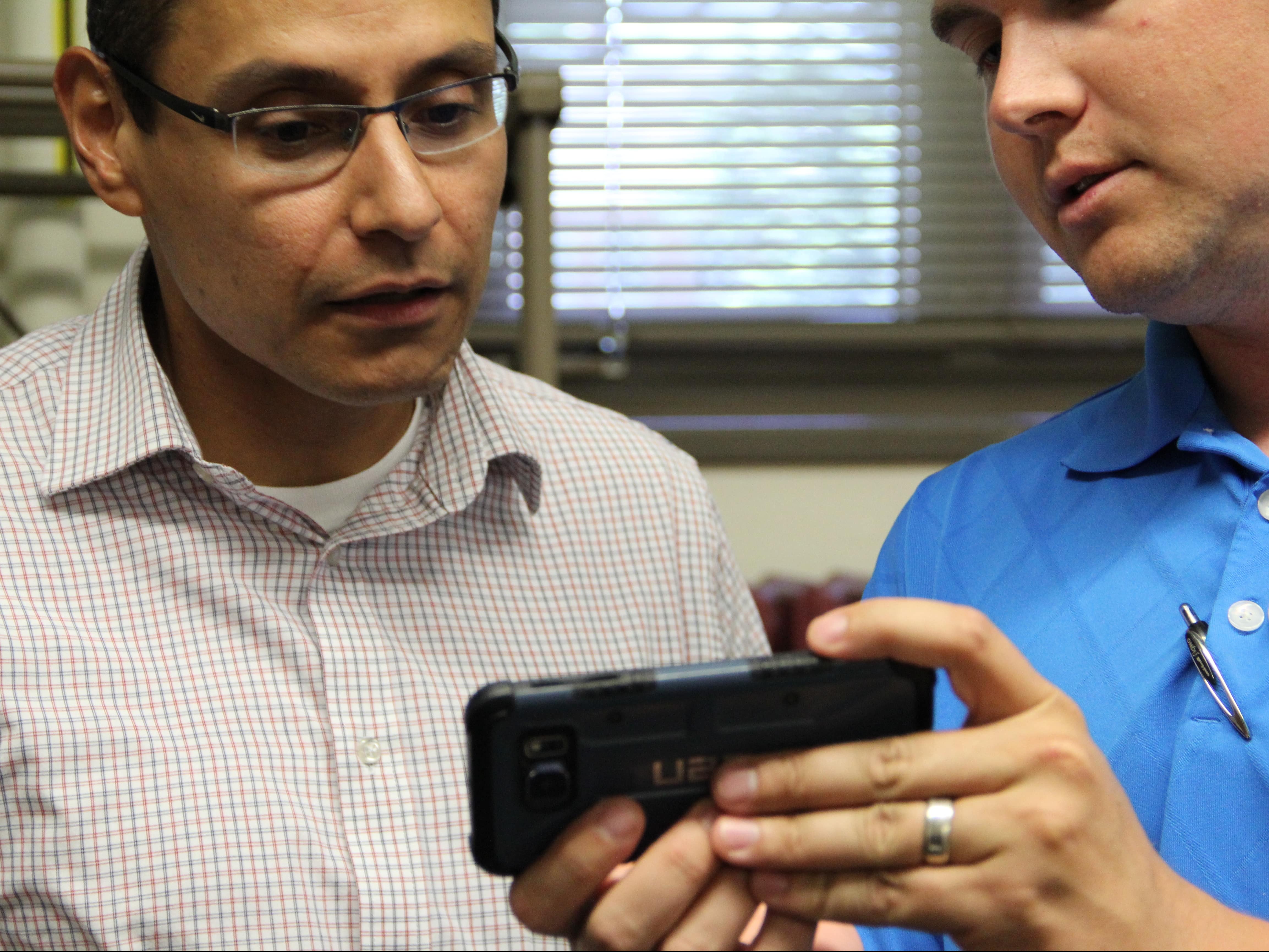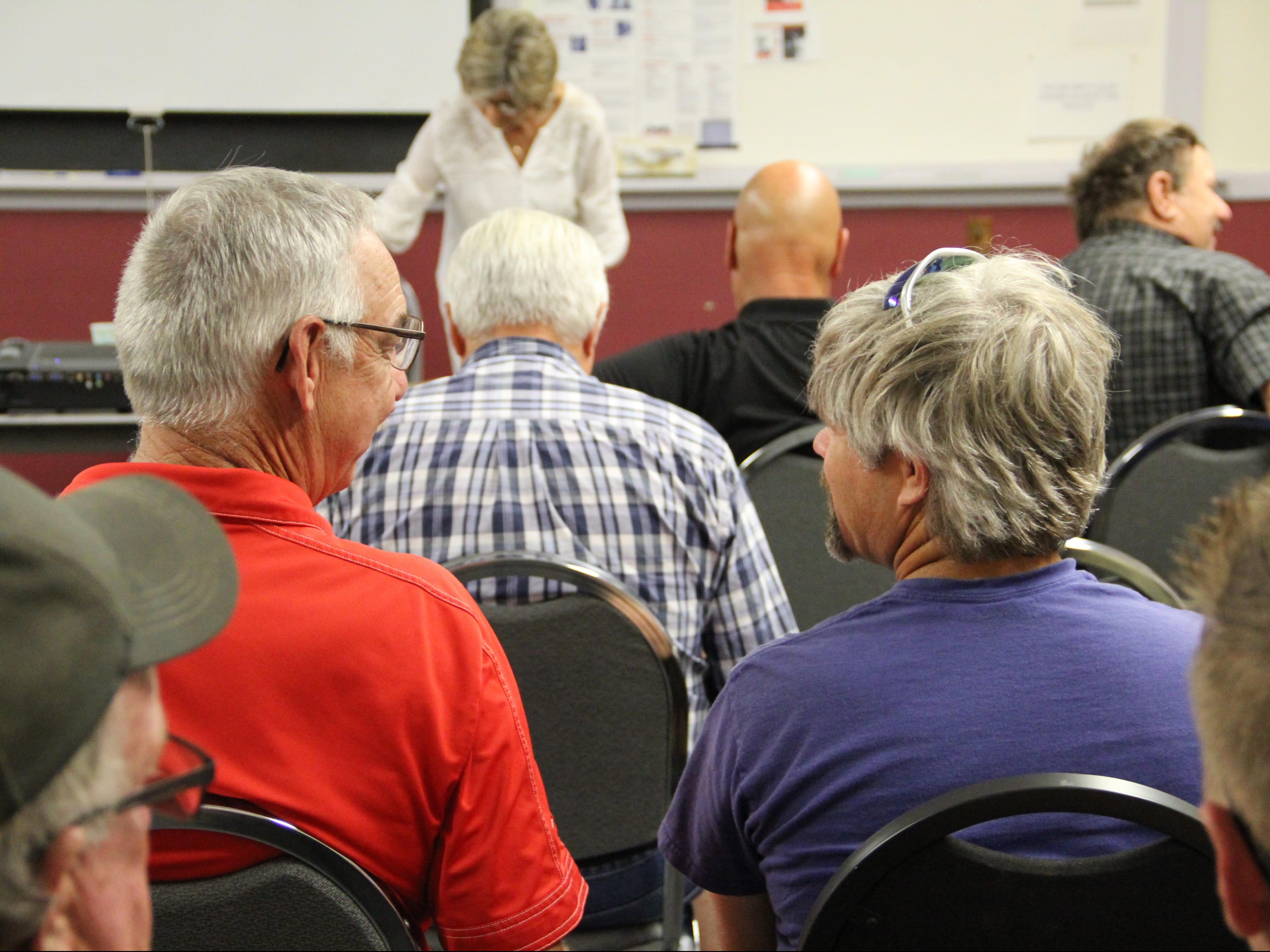Introduction
The Upper Wapsipinicon River Watershed Management Authority (WMA) was created in 2015 as a partnership of cities, counties, and soil and water conservation districts who signed a 28E agreement to work together in their shared watershed to reduce flooding and improve water quality. Today, WMA membership includes 15 communities, 8 County Board of Supervisors, and 9 SWCDs.
Background/History
Formation of the WMA was made possible through action taken by the State of Iowa Legislature in April 2010 in response to extensive flooding that had occurred in Iowa in 2008, including in Cedar Rapids. A portion of the federal funding that had been awarded to Iowa was utilized and allocated to projects through provisions added to Iowa Code 466B, the Surface Water Protection and Flood Mitigation Act, which authorized the development of a State Watershed Advisory Committee and implementation of the Iowa Watershed Approach, which included development of the first Watershed Management Authorities in Iowa and implementation of hydrologic analysis and pilot projects through the Iowa Flood Center. The Iowa Watersheds Approach, which is focused on increasing disaster resiliency by reducing flooding and advancing water quality, was subsequently funded by a Disaster Resilience Grant from U.S. Housing and Urban Development (HUD). Funding was awarded to the State of Iowa’s Economic Development Authority Development and ultimately focused on nine Iowa watersheds. Each of the nine watersheds, including the Upper Wapsipinicon River Watershed, have developed or are developing watershed resiliency plans and began implementation of targeted practices to achieve the goals of the Iowa Watershed Approach Project (IWAP). The IWAP goals are to reduce flood risk, improve water quality, increase resilience, engage stakeholders, improve quality of life and health and develop a model program for other state.

Membership
Each WMA member entity appoints a representative to serve on the Upper Wapsi WMA Board of Directors, as well as an alternate representative. The representative who is appointed may be an employee, elected official, an agricultural producer or other citizen who the member entity feels will fairly represent the interests of the member and who will communicate regularly with the member entity’s board. When the WMA Board is making decisions, each member entity may cast one vote through either their representative or their alternate representative.
- City of Aurora: Dave Young
- City of Central City: Trevyn Cunningham
- City of Dunkerton: Sheila Steffen, Alt. Michael Schares
- City of Elma: Shannon Gebel, Alt. Garald Haar
- City of Fredericksburg: Randy Leach, Alt. Ray Armbrechts
- City of Frederika: Duane Meihost (Treasurer/Secretary), Alt. Sylvan Mutschler
- City of Hazleton: Gerald VandeVorde, Alt. Lisa Baych
- City of Independence: Mike O’Laughlin
- City of New Hampton: Steve Geerts, Alt. Karen Clemens
- City of Quasqueton: Orlan Love (Executive Comittee: At-large)
- City of Readlyn: Dan Wedemeier
- City of Riceville: Crystal Reddel
- City of Sumner: Dave Nuss, Laura Albert
- City of Tripoli: Rollie Ott, Mark Bohno
- City of Winthrop: Gerald Dennie, Alt. Mary Ryan
- Black Hawk County: Linda Laylin, Dan Trelka
- Bremer County: Kip Ladage (Vice Chair), Alt. David Lehman
- Buchanan County: John Kurtz (Board Chair), Alt.
- Chickasaw County: Steve Breitbach, Jacob Hackman
- Fayette County: Bruce Lehman
- Howard County: Dean Eastman, Alt. Pat Murray
- Linn County: Dennis Goemaat, Alt. Cara Matteson
- Mitchell County: Sydney Hartough
- Black Hawk Soil & Water Conservation District: Sherman Lundy, Alt. Mike Miller
- Bremer Soil & Water Conservation District: Ron Lenth, Alt. Kip Ladage
- Buchanan Soil & Water Conservation District: Sean Dolan, Alt. Bob Muchmore
- Chickasaw Soil & Water Conservation District: Randy Miller, Alt. Kim Leichtman
- Delaware Soil & Water Conservation District: Chris Eibey (Executive Committee At-large)
- Fayette Soil & Water Conservation District: Gene Pleggenkuhle
- Howard Soil & Water Conservation District: Kayla Sebastian, Alt. Bart Wilson
- Linn Soil & Water Conservation District: Brenda Palas, Karmin McShane
- Mitchell Soil & Water Conservation District
Mission
“The mission of the Upper Wapsi WMA is to engage, educate, and encourage implementation of strategic efforts to improve the health, stewardship, and resiliency of watershed resources in the Upper Wapsi River Watershed.”
Purposes
The primary purposes for formation of the Upper Wapsi River WMA were to reduce the risk of flooding, to improve water quality, and to conduct planning on a watershed scale, which has greater benefits for water quality improvement and flood risk reduction. The WMA was also formed to foster multi-jurisdictional partnership and cooperation, leverage resources, such as funding and technical expertise, and to facilitate stakeholder involvement in watershed management.
Duties
The duties of the WMA Board of Directors are detailed in the Iowa Code, which states that the WMA may undertake the following activities.
- Assess and reduced flood risk;
- Assess and improve water quality;
- Monitor Federal flood risk planning and activities;
- Educate residents of the Watershed regarding flood risks and water quality;
- Allocate monies made available to the WMA for purposes of water quality and flood mitigation.
WMA Goals
- Develop a comprehensive plan to address flooding and water quality concerns. Encourage a comprehensive, multi-objective planning approach to watershed management that fosters understanding and use of SMART Planning Principles, and adds value to watershed management.
- Promote and communicate the mission and goals of the Watershed Authority. This should be directed to potential Watershed Authority partners (cities, counties, and SWCDs), groups with specific interest in flood control and water quality, state political leaders, and the general public.
- Implement a Comprehensive Program of targeted activities designed to reduce flood risk and improve water quality in the Upper Wapsipinicon River Watershed. Absent a Comprehensive Plan, these activities have yet to be identified.
- Evaluate the Watershed Authority’s effectiveness.
Additional information about the goals, objectives, and actions adopted by the Upper Wapsi WMA Board can be found in the Upper Wapsi WMA Watershed Resiliency Plan here.
Meeting Information
Next Meeting
January 7th, 2025
1:30pm at Twin Ponds Nature Center
Meeting Minutes
- Oct. 1st, 2024
- July 11th, 2024
- March 12th, 2024
- December 5th, 2023
- Sept. 12th, 2023
- June 6th, 2023
- March 7th,2023
- November 29th, 2022
- September 13th, 2022
- April 12th, 2022
- February 8th, 2022
- November 17th, 2021
- August 24th, 2021
- May 18th, 2021
- February 11th, 2021
- November 24th, 2020
- Sept. 22, 2020
- February 25th, 2020
- November 14, 2019
- July 16, 2019
- May 28, 2019
- Minutes UWRWMA February 26, 2019
- Minutes UWR WMA October 16, 2018
- Minutes UWRWMA July 17, 2018
- Minutes UWRWMA May 8, 2018
- Minutes UWRWMA January 9, 2018 (PDF)
- Presentation: Upper Wapsi Planning Update (PDF) – Northeast Iowa RC&D
- Presentation: Iowa Watershed Approach (PDF) – Antonio Arenas
- Minutes UWRWMA October 19, 2017 (PDF)
- Upper Wapsi Oct 19 2017 (PDF) – Northeast Iowa RC&D
- Minutes UWRWMA August 22, 2017 (PDF)
- Presentation: Iowa Watershed Approach Hydrology Report (PDF) – Antonio Arenas
- Presentation: Iowa Watershed Approach Water Quality Info (PDF) – Antonio Arenas
- May 16, 2017 Minutes (PDF)
- February 21, 2017 Minutes (PDF)
- Presentation: Iowa Watershed Approach Hydrology Report (PDF) – Ashlee Johannes, Antonio Arenas
- Presentation: The Iowa Geological Survey (PDF) – Stephanie Tassier-Surine, Ryan J. Clark
- Presentation: Water Quality Info (PDF) – Antonio Arenas
- 2016-08-30 (PDF)
- 2016-06-14 (PDF)
- 2016-03-08 (PDF)
- 2015-12-01 (PDF)
- 2015-10-06 (PDF)
- Presentation: National Disaster Resiliency Competition (PDF)
- 2015-08-05 (PDF)
- 2015-06-24 (PDF)
- 2015-04-15 (PDF)
- 2014-11-19 (PDF)
- Presentation: Benefits of HUC 8 Planning – Lora Friest, Northeast Iowa RC&D
- Presentation: Buffalo Creek Watershed Project – Buchanan County SWCD
- 2014-09-17 (PDF)
Committees
Public Relations/Communications Committee (includes education) – 2017
Gary Gissel, John Kurtz, Don Shonka, Ashley Sherrets, Chuck Ungs and Greg Eschweiler
Technical Committee – 2017
Brian Keierleber, Ron Lenth, Dan Cohen, Mary Beth Stevenson and Don Shonka, Abby Beltz, Brian Moore, Dennis Goemaat, and a University of Iowa contact (Ashley Kittle)
Project Coordinator Committee – 2017
Mike Lenius, Frank Magnesman, Mary Beth Stevenson, Felicia Campbell, Bob Muchmore, Abby Beltz and Don Shonka
28E Agreement
Upper Wapsipinicon River Watershed Management Authority 28E Agreement (2017 Revision) (PDF)




